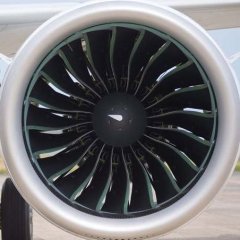
Sign in to follow this
Followers
0

How to intercept a NDB radial for NDB approach
By
737Andi, in The Prepar3d Forum


By
737Andi, in The Prepar3d Forum